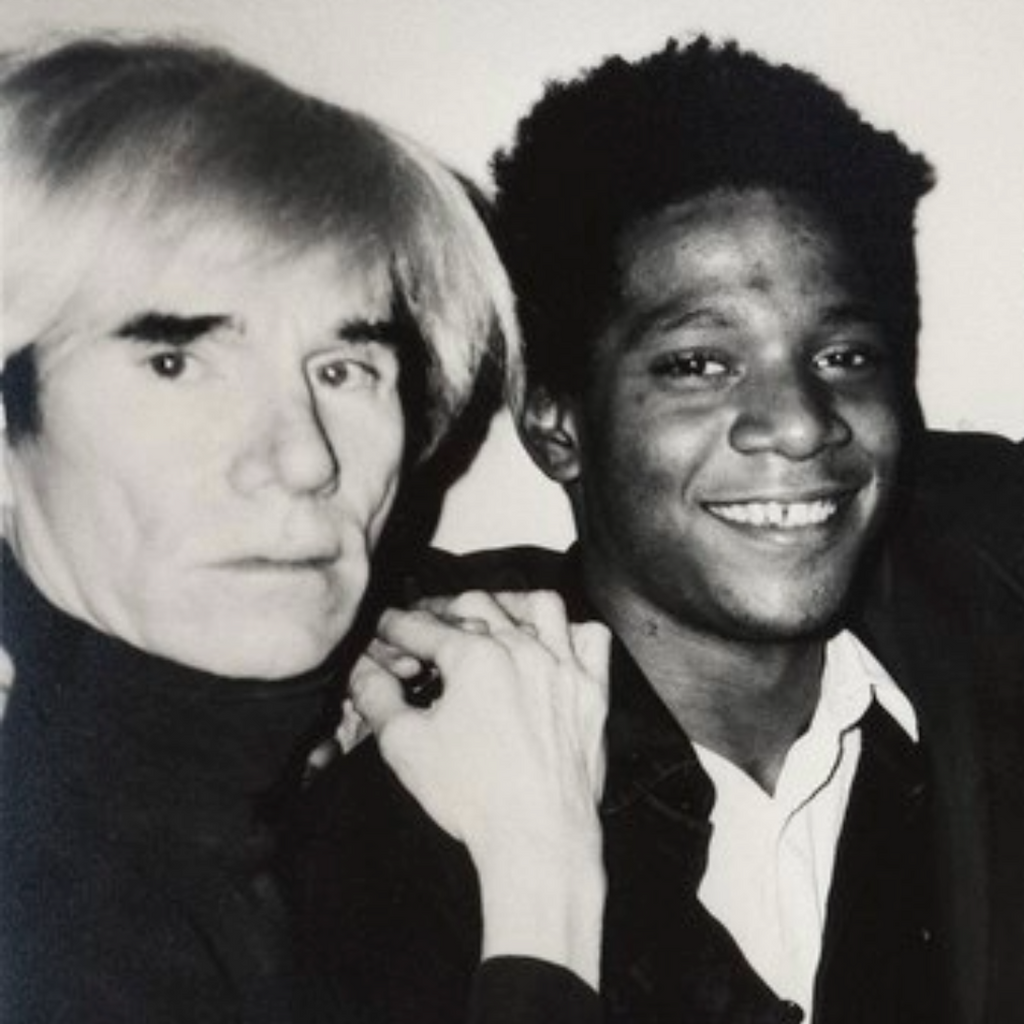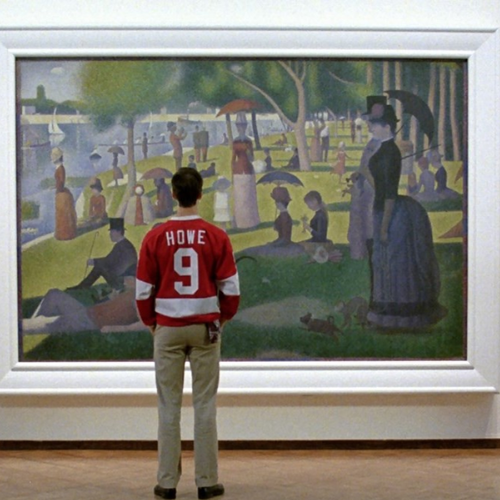Yellow diamonds, with their vibrant hues, have captivated hearts for centuries. First discovered in 1867 in South Africa, these fascinating rarities combine the colorful and versatile characteristics of colored gemstones with the legacy of diamonds.
The Journey from Carbon to Canary Yellow
Diamonds are one of nature’s most beautiful creations and come in a fantastic variety of hues. While most people think of the traditional white diamonds seen in engagement rings and used as accents in high jewelry, diamonds can also have yellow, pink, blue and even green coloring. Any diamond that falls outside of the traditional color range is deemed a fancy color, and will command higher prices for its rarity and beauty. These unusual colors are the result of differences in chemical composition, which can be influenced by trace elements, radiation or extreme amounts of heat and pressure.
For white diamonds, containing nitrogen is viewed as a detracting factor, because the small amounts of this trace element can result in an imperfect color. The Gemological Institute of America (GIA) grades diamonds on a color scale from D to Z, where D color diamonds are the closest to white, and Z color diamonds have a strong brownish-yellow tint.
Diamonds with D color are seen as the most desirable because they have little to no nitrogen present and are therefore colorless. Within the category of D color diamonds, a select few are graded as Type IIa—this designation means that no nitrogen is present in the diamond’s composition, making it an incredibly rare characteristic.
The inverse is true for Canary diamonds, and more nitrogen results in a richer, more pigmented yellow hue. Once diamonds pass the “tipping point” of a Z color on the typical scale and head into the fancy color grades, a more saturated hue becomes highly desirable. The least saturated fancy colored diamonds, deemed “Fancy Light” by the GIA, are still in high demand when compared to colorless diamonds. The GIA’s color grades begin at Fancy Light and continue through to Fancy Vivid, the highest level of brightness and saturation.

Fancy Vivid Yellow Diamond Dragonfly Brooch. M.S. Rau.
4 Yellow Diamonds in History

|
The famed Tiffany Diamond as worn by Audrey Hepburn.
|
1. The Tiffany Diamond
One of the most recognizable yellow diamonds is the Tiffany Yellow Diamond - famously worn by Audrey Hepburn, Lady Gaga and Beyoncé. When it was first discovered, the diamond weighed an astonishing 287.42 carats in the rough but was then cut down to 128.54 carats under the watchful eye of Tiffany’s gemologist George Frederick Kunz. The resulting diamond was still an impressive size, with an even more beautiful yellow hue. The Tiffany Yellow Diamond has been exhibited in the Smithsonian Museum of Natural History and has appeared in different custom mountings over the years, including a playful Bird on a Rock design, inspired by Jean Schlumberger.
2. The Cora Sun-Drop Diamond
This is the world’s largest known pear-shaped yellow diamond and weighs an impressive 110.30 carats. The diamond also set a world record in 2011 as the highest-priced yellow diamond ever sold at auction. Graded by the GIA as fancy vivid yellow, the highest color grading for yellow diamonds, the gemstone shows an impressive saturation and bright hue from every angle.
3. The Oppenheimer Diamond
This famous stone is unusual even within the limited range of famous yellow diamonds because of its octahedron shape. While diamonds typically grow in this shape, the majority are cut and polished to enhance color and clarity. Weighing 253.70 carats, the diamond was discovered in 1964 and currently is part of the Smithsonian Museums of Natural History’s collection, alongside other famous fancy colored diamonds like the Hope Diamond.
4. The Incomparable Diamond
Although its color is considered Brownish-Yellow rather than purely yellow, the Incomparable Diamond must be mentioned in any discussion of famous yellow diamonds, weighing in at 890 carats in the rough and 407.48 carats as a faceted gem. As one of the largest diamonds ever discovered, the Incomparable is known for its unique shape and for being the largest Internally Flawless diamond in the world.
Mastery Behind Crafting Yellow Diamond Rings and Necklaces
Yellow diamonds can suit a variety of settings, due to their fantastic color and vibrancy. While many choose to use yellow gold to enhance the sunny hue of their diamond, others prefer to offset the color with platinum or white gold. Jewelers who set canary yellow diamonds in white gold or platinum settings will still use yellow gold prongs to enhance the color of the yellow diamond.
Some of the most stunning yellow diamond creations use white diamonds to balance the vibrancy of their color, as seen in the bypass ring above. A Fancy Vivid Yellow diamond is perfectly matched by a square emerald-cut white diamond in this elegant combination.
Yellow diamonds can also hold their own against colored gemstones, for those interested in a fashion-forward look. Creative jewelers can use yellow diamond pavé to accent the settings they design for colored gemstones, adding more fire and brilliancy than other gemstones in similar color ranges, like sapphires and citrines.

Crafted in the Art Deco style, this playful ring centers a yellow diamond and features tsavorite garnets and rubies in a geometric pattern. Whether you prefer a simple and classic setting or something modern and daring, yellow diamonds are the perfect accent to any style.
Preserving the Beauty: Care for Your Yellow Diamond Jewelry
Diamonds, more so than any other gemstone, have high durability making them a great choice for everyday wear.
Caring for your yellow diamond can depend on a number of factors, including how it was set, what other gemstones it was set with and the shape and cut of the stone. If you’re ever uncertain how to safely clean your yellow diamond jewelry, we recommend reaching out to a jeweler who can give you expert advice.
Regular cleaning will keep your yellow diamond jewelry in exceptional shape, and can often be accomplished without specialty cleaners or solutions. Simply rinsing your ring off under water and scrubbing with a toothbrush is enough to prevent the buildup of dirt and dust, and allows your diamond jewelry to shine.
Heirloom jewelry care can be more involved, especially if your diamond jewelry features many small gemstones set together or an antique setting. In these cases, having a jeweler inspect the ring before cleaning will prevent any damage to the setting or gemstones.
A stunning and vibrant yellow diamond can become the centerpiece of your collection, whether you prefer rare diamonds or colored gemstones. Here is a short checklist to help you on your quest for the perfect yellow diamond:
Fancy Yellow Diamond Evaluation Checklist
- Color Quality
- Check for a vibrant, well-saturated yellow hue.
- Confirm the diamond's color grade falls within GIA classifications from Fancy Light to Fancy Vivid.
- Color Uniformity
- Ensure even distribution of color throughout the diamond.
- Look for any color zoning or irregularities.
- Clarity
- Assess visible inclusions and their impact on appearance and brilliance.
- Carat
- Note the diamond’s weight, as size contributes significantly to its value.
- Cut
- Evaluate how the cut enhances the diamond’s brilliance and visual appeal.
- Certification
- Ensure there is a certification from a reputable authority like the GIA.







